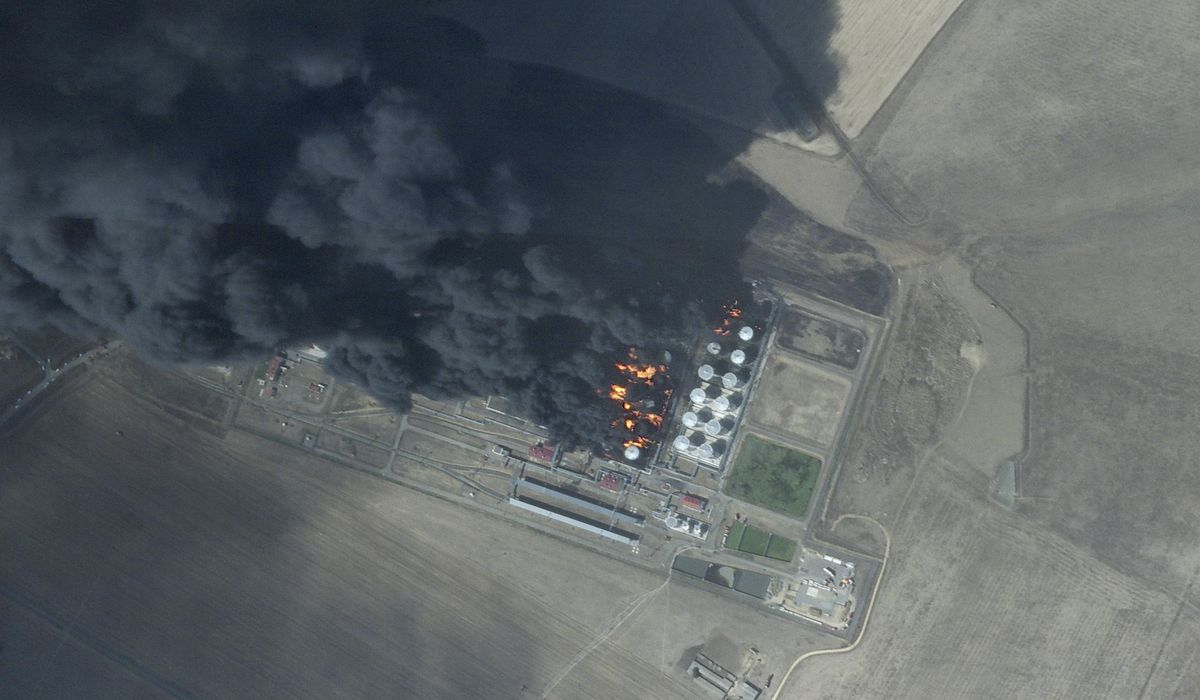


Don’t miss the full story from our staff writers, whose reportage is the basis of this article.
Ukrainian President Volodymyr Zelenskyy appears to have developed a significant strategic advantage in the ongoing war with Russia through targeted strikes on Russian energy infrastructure. This campaign has eliminated approximately 17% of Russia’s national refining capacity, targeting oil refineries across a wide geographic area from Ryazan to Volgograd.
The effectiveness of Ukraine’s strategy stems from Russia’s technological dependence on Western components.
Russian refineries rely heavily on equipment from Shell, Axens, UOP, and Topsoe - companies from Britain, France, the United States, and Denmark respectively. Western sanctions have cut off supplies and crucial replacement parts, forcing Russia to depend on inferior Chinese substitutes that require extensive restructuring to implement.
Ukraine’s domestic weapons development has enhanced this campaign significantly. The newly developed Flamingo cruise missile boasts a range of 1,864 miles and will enter mass production this winter. Combined with drones capable of reaching targets over 900 miles away, Ukraine can now strike previously unreachable facilities across European Russia.
The attacks are strategically focused on Russia’s main transportation corridor to Black Sea resorts and agricultural heartland. This timing coincides with peak travel season and harvest operations, maximizing economic and social disruption. The campaign has created fuel shortages from Crimea to Vladivostok, with gasoline prices jumping 55% in August and rationing appearing in regions as distant as Crimea and Siberian republics.
Russia’s economic vulnerability is particularly acute since oil and gas exports provide 25% of the country’s budget revenue. With 13% of national fuel production offline, Russia has compensated by increasing crude oil exports by 200,000 barrels daily from western ports. However, this short-term revenue solution risks worsening domestic shortages.
The disruption affects ordinary Russians during the worst possible time - late summer when families travel to vacation destinations and farmers complete harvests. Gas station queues have appeared nationwide, and the government suspended gasoline exports in July while summoning oil executives for crisis meetings.
Russia has responded with retaliatory strikes on Ukrainian energy infrastructure, leaving 100,000 people without power, and continues advancing on military fronts, recently entering Ukraine’s eighth region in Dnipropetrovsk.
Military analysts note that autumn rains will soon create “rasputitsa” conditions that slow ground operations, while winter’s increased energy demand and frozen ground will likely intensify both the energy war and potential for resumed major military operations.
Read more: Embattled Ukraine focuses strikes on Russian economy’s ’Achilles heel’
This article is written with the assistance of generative artificial intelligence based solely on Washington Times original reporting and wire services. For more information, please read our AI policy or contact Ann Wog, Managing Editor for Digital, at awog@washingtontimes.com
The Washington Times AI Ethics Newsroom Committee can be reached at aispotlight@washingtontimes.com.
